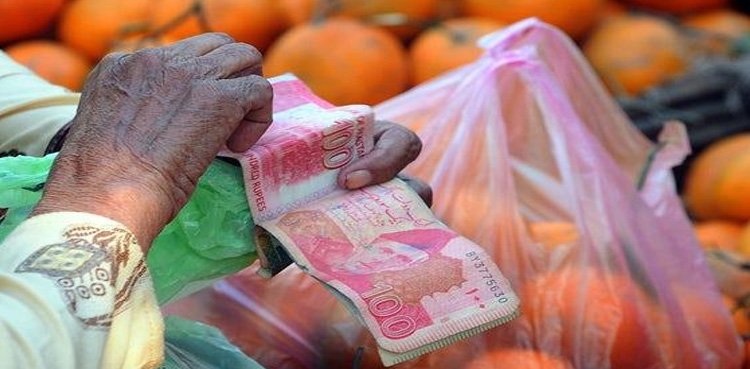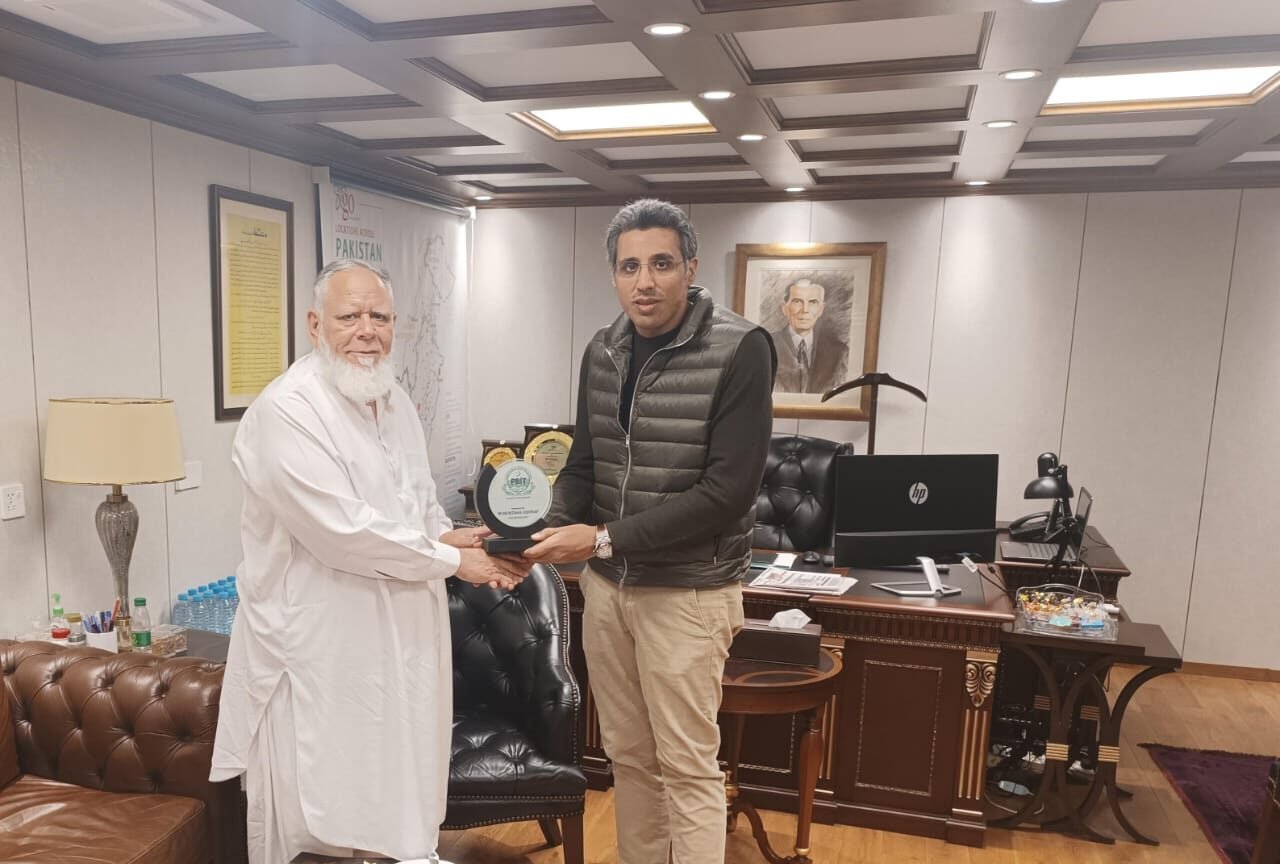
ISLAMABAD: The Pakistan Bureau of Statistics (PBS) has reported a 0.38 percent rise in weekly inflation, bringing the annual inflation rate to 4.64 percent, ARY News reported.
According to the report, prices of 15 essential items surged over the week. Tomatoes recorded the highest increase at 56.66 percent, followed by garlic at 1.40 percent. Prices for a 2.5 kg tin of ghee rose by 0.95 percent, 5 liters of cooking oil by 0.79 percent, and sugar by 0.23 percent.
Meanwhile, 13 items saw a price drop, including onions, which became 4.16 percent cheaper, and potatoes, with a 3.83 percent decline. Eggs were 2.72 percent cheaper, chickpea lentils dropped by 0.98 percent, wheat flour by 0.76 percent, and bananas by 0.56 percent.
Prices of 23 items remained stable during the week.
Read More: Pakistan’s inflation rate decreased to lowest
Earlier on December 16, the inflation rate in the country has reached its lowest level in six and a half years, attributed to initiatives implemented by the Special Investment Facilitation Council (SIFC).
During the initial five months of the current financial year, the average inflation rate decreased from 28.62 per cent to 7.88 per cent, culminating in a low of 4.9 per cent last month.
On an annual basis, the inflation rate in urban regions has fallen to 5.2 per cent.
A continued reduction in inflation is expected to alleviate the financial burden on consumers by lowering food and transportation expenses.
Earlier, Pakistan’s Ministry of Finance unveiled ambitious plans to bring down the country’s inflation rate to 7% by 2027.
According to the ministry’s report, the inflation rate is expected to decrease over the next three years.
The report projects that the inflation rate will decrease from 23.4% to 12% in 2025, and then further to 7.5% in 2026. By 2027, the inflation rate is expected to be reduced to 7%.
In addition to reducing inflation, the ministry also projects that the country’s economic growth rate will increase from 3.6% to 5.5% over the next three years. The primary balance is expected to improve from 1.02% to 0.5% of the economy.
The report also outlines plans to reduce the debt-to-GDP ratio, which is expected to decrease from 68.6% in 2025 to 67.8% in 2026, and then to 66.6% in 2027.








